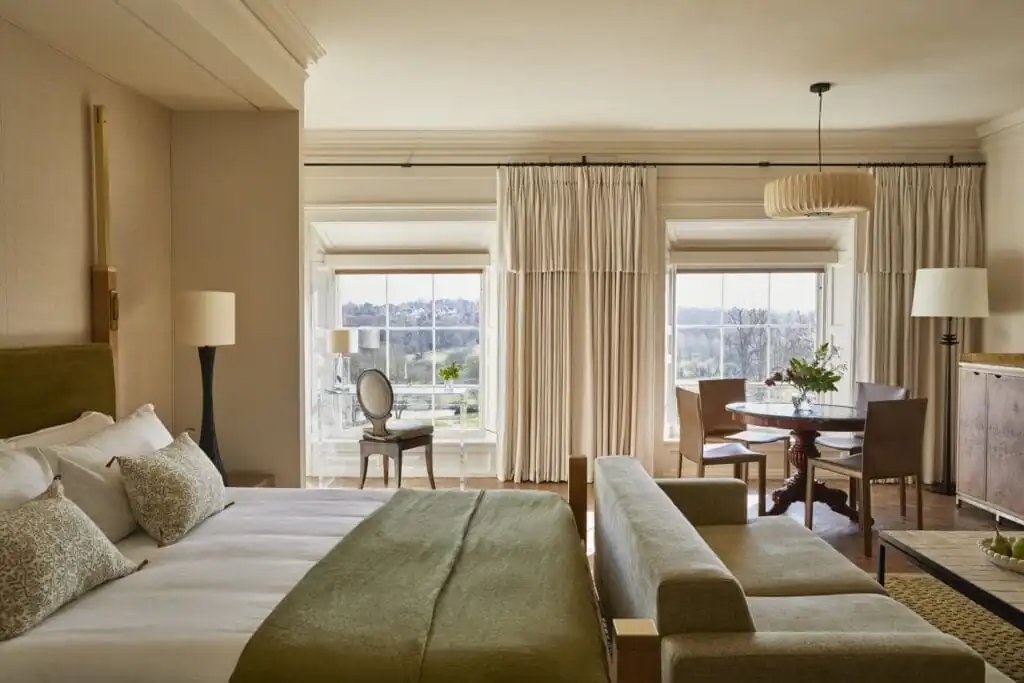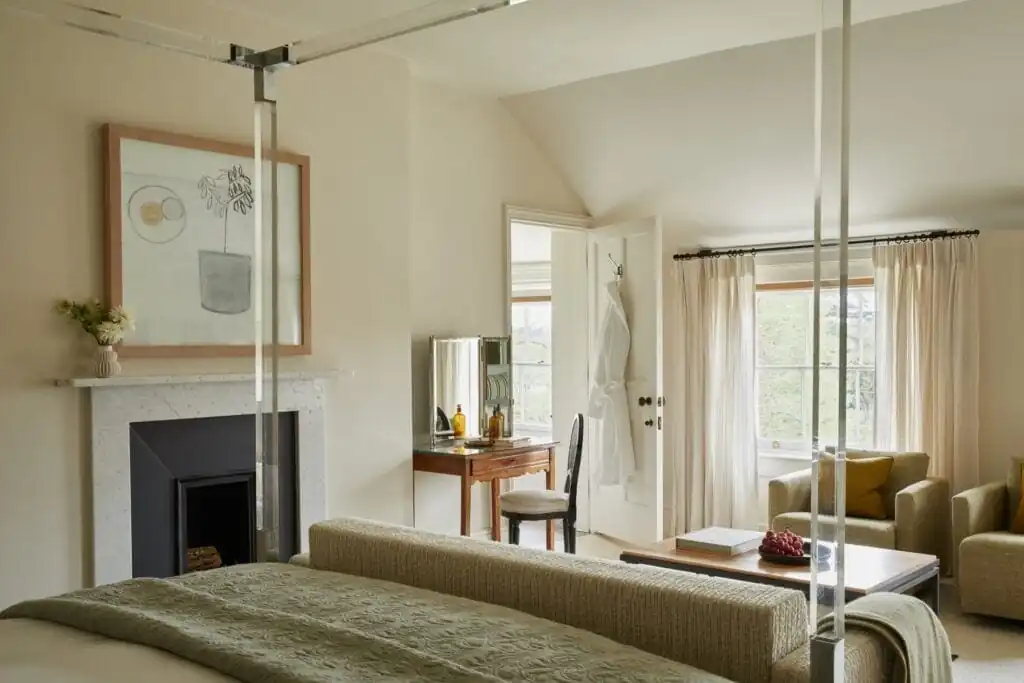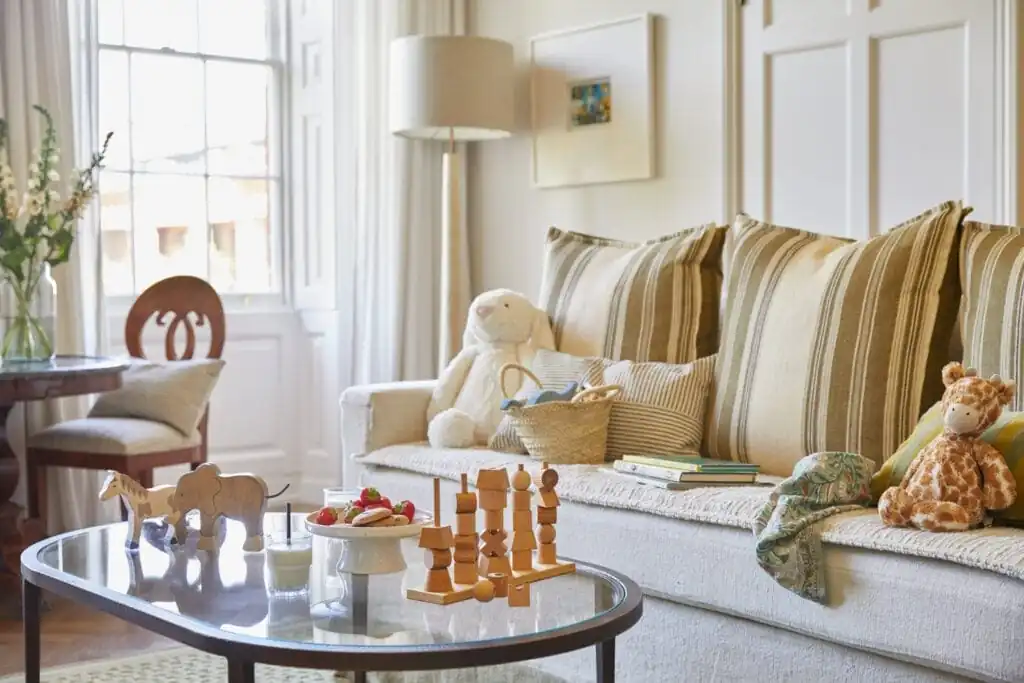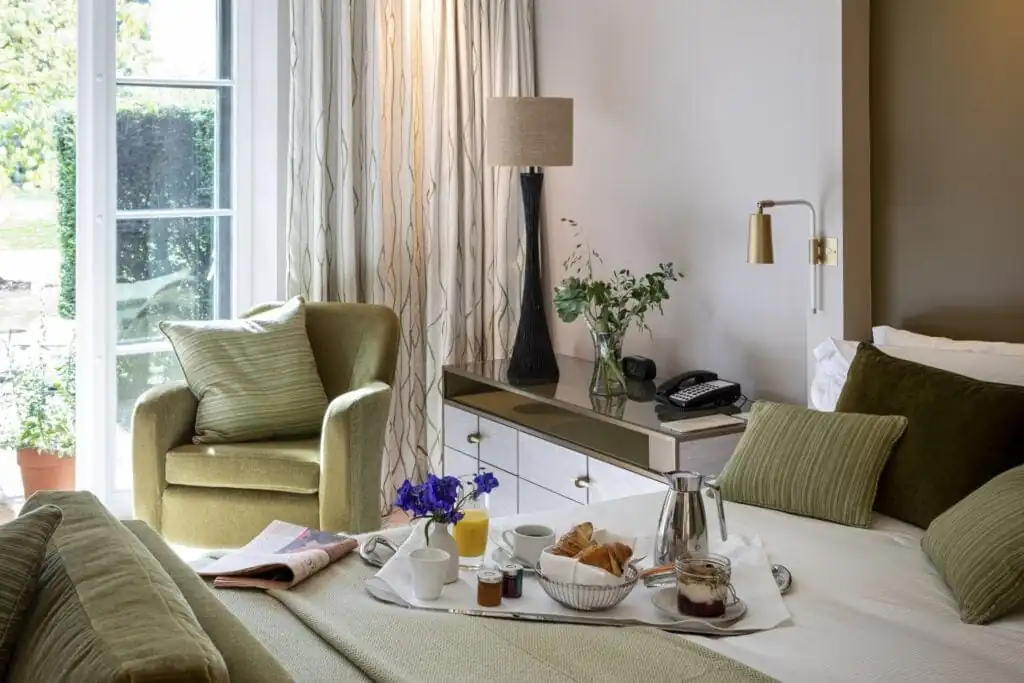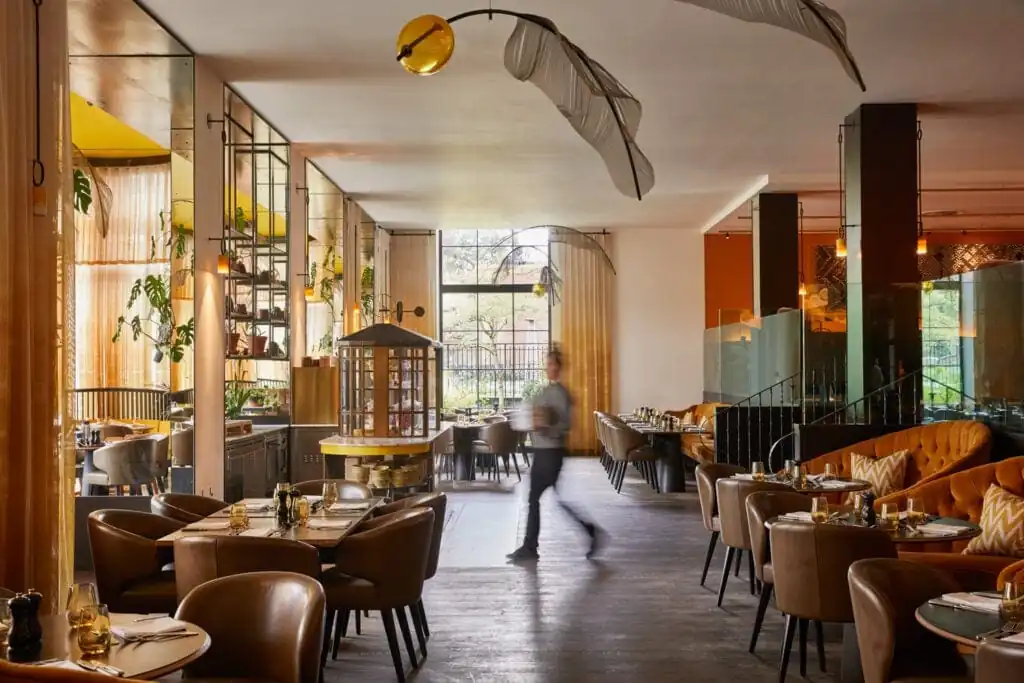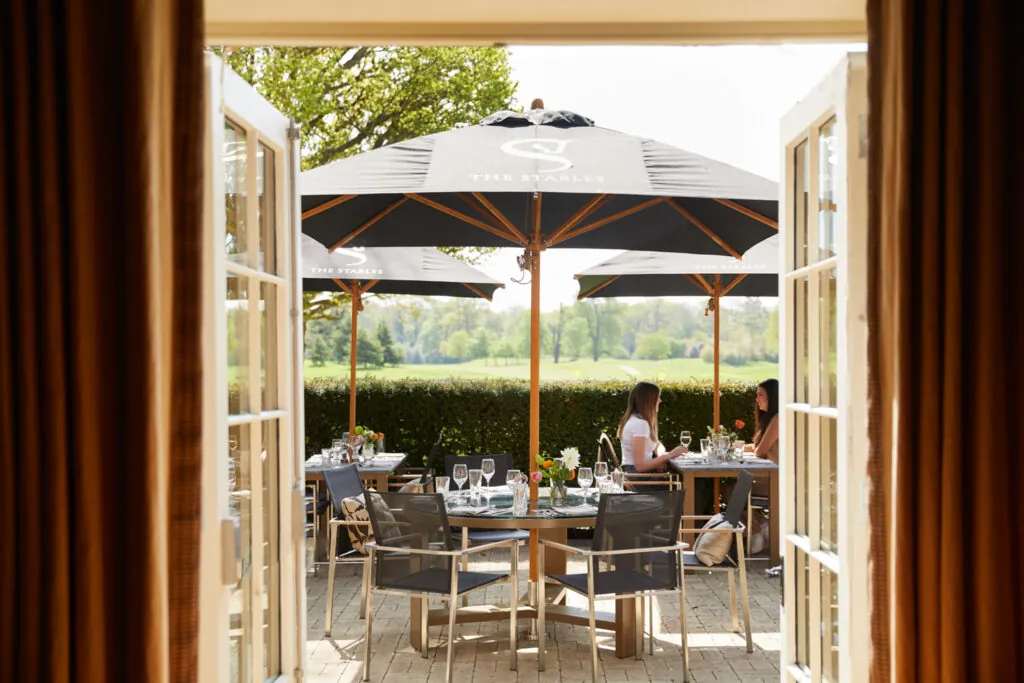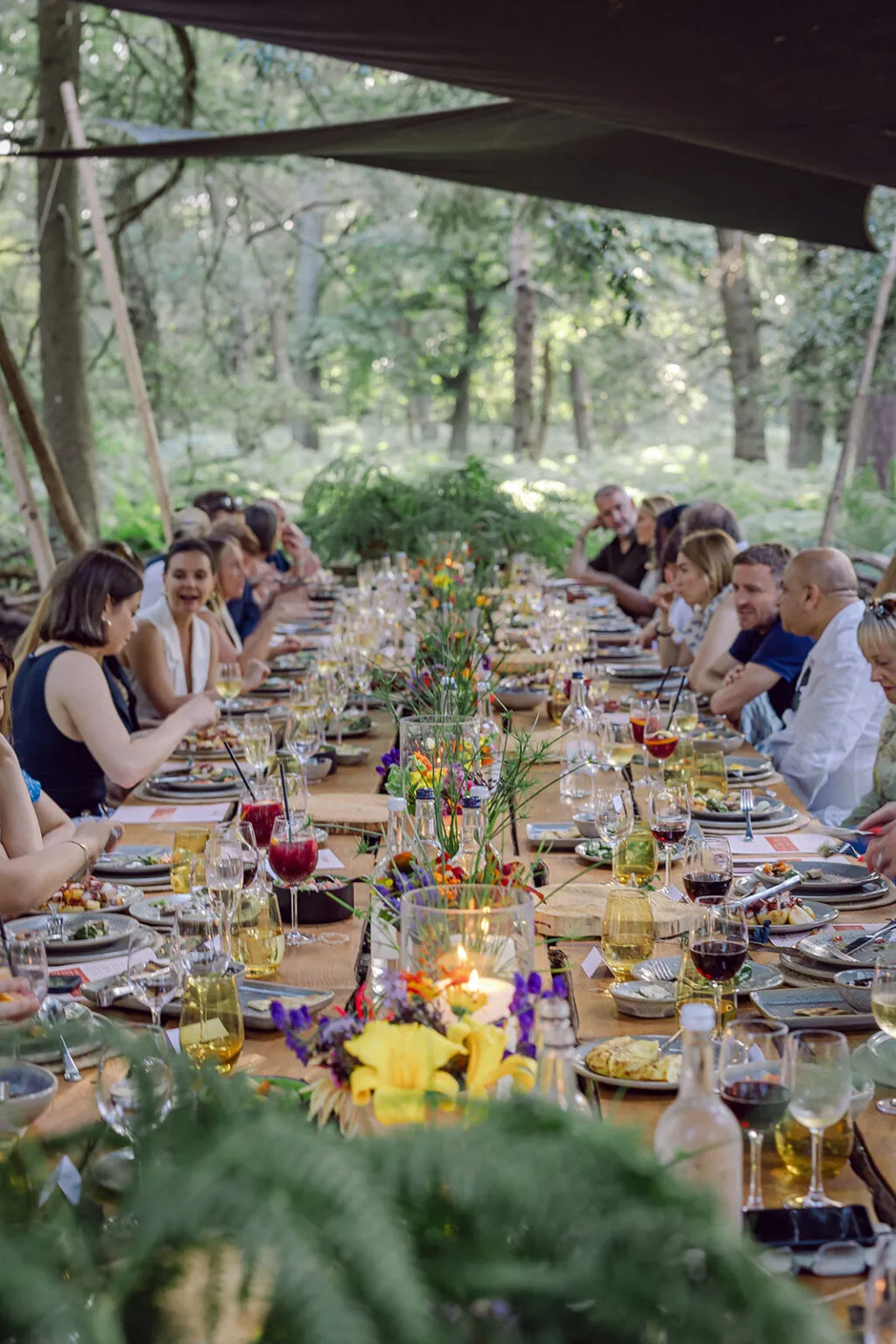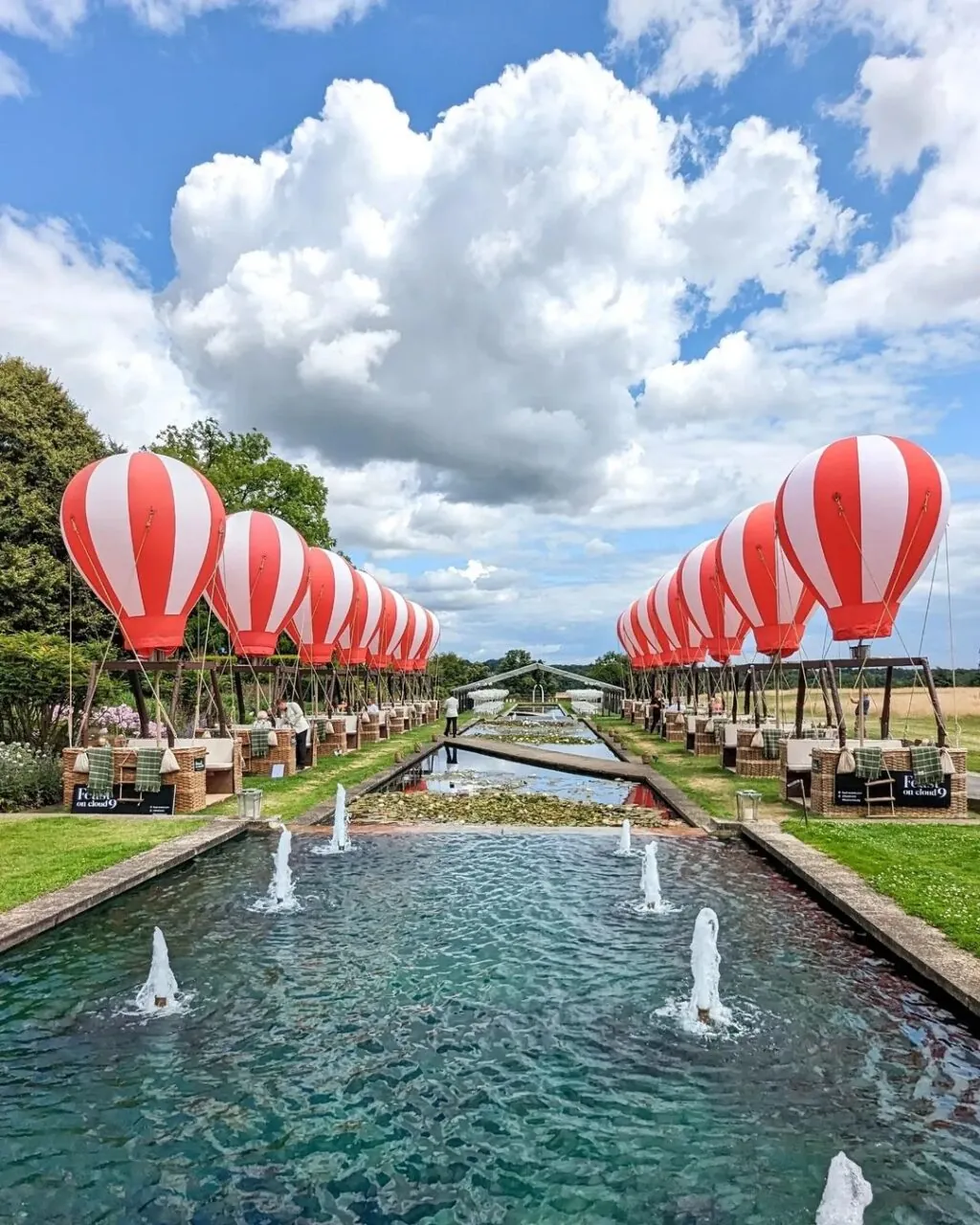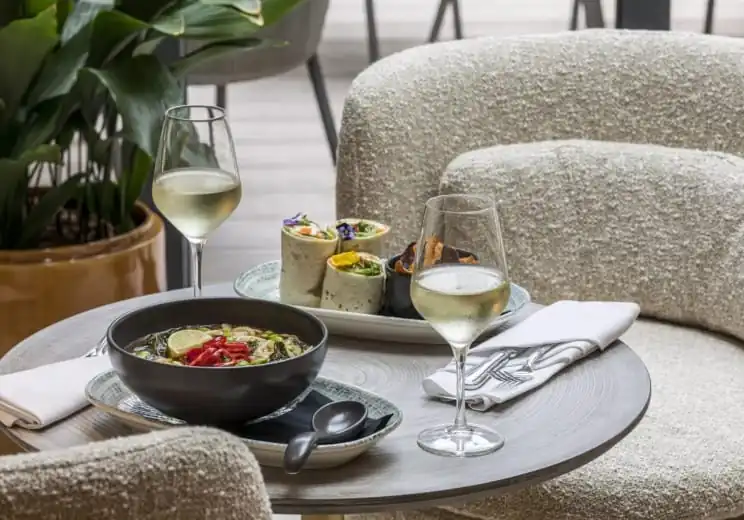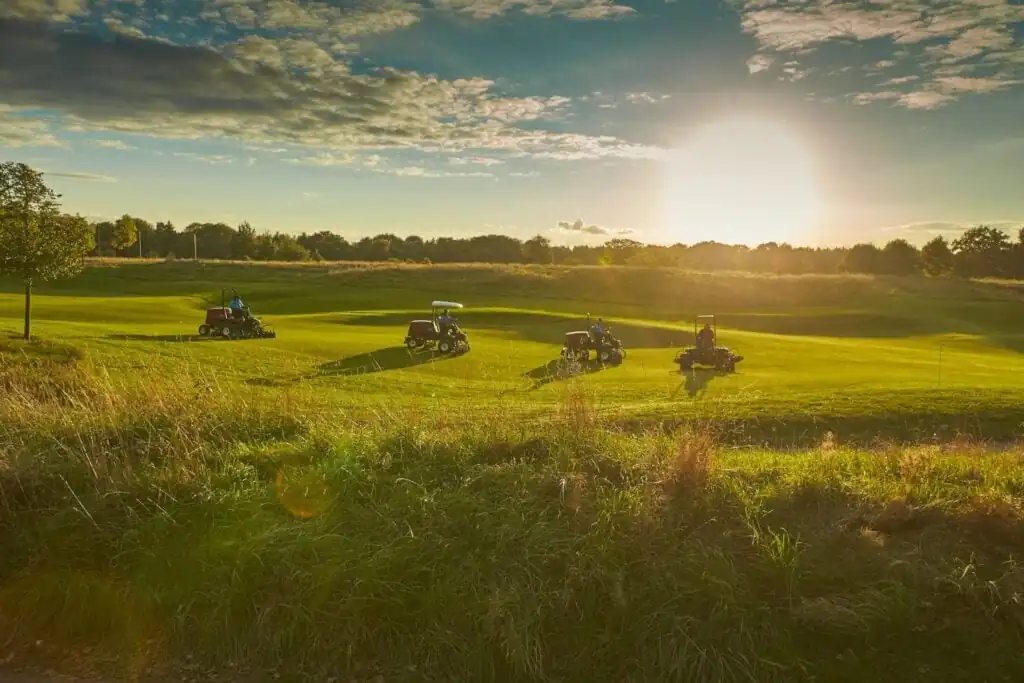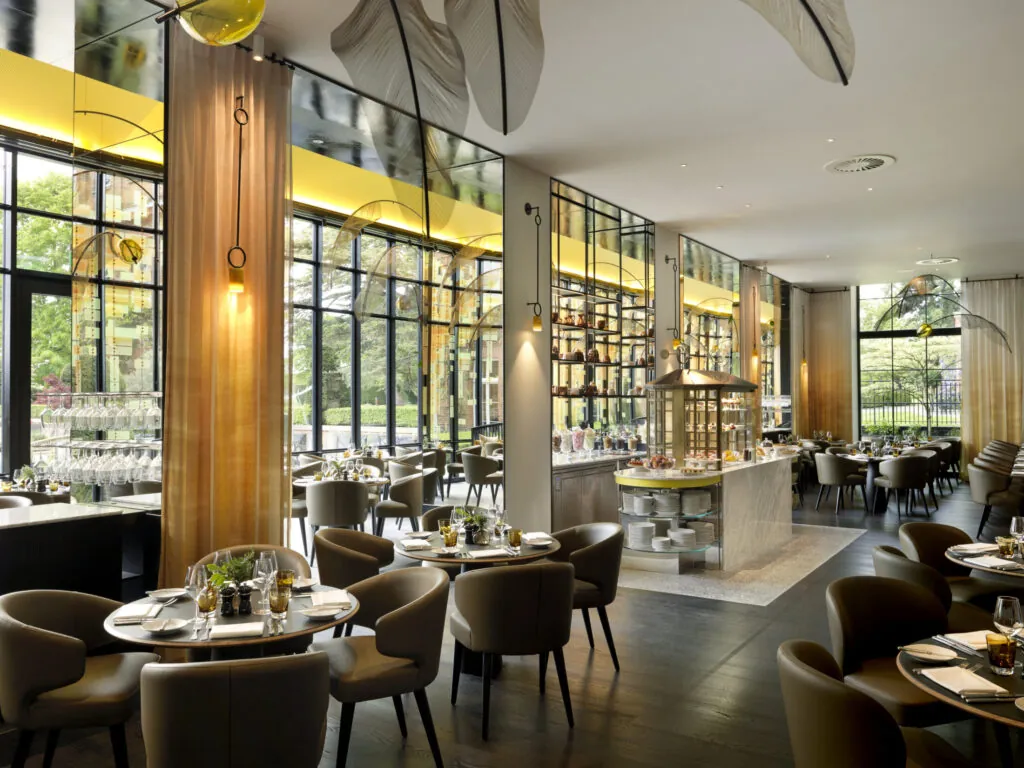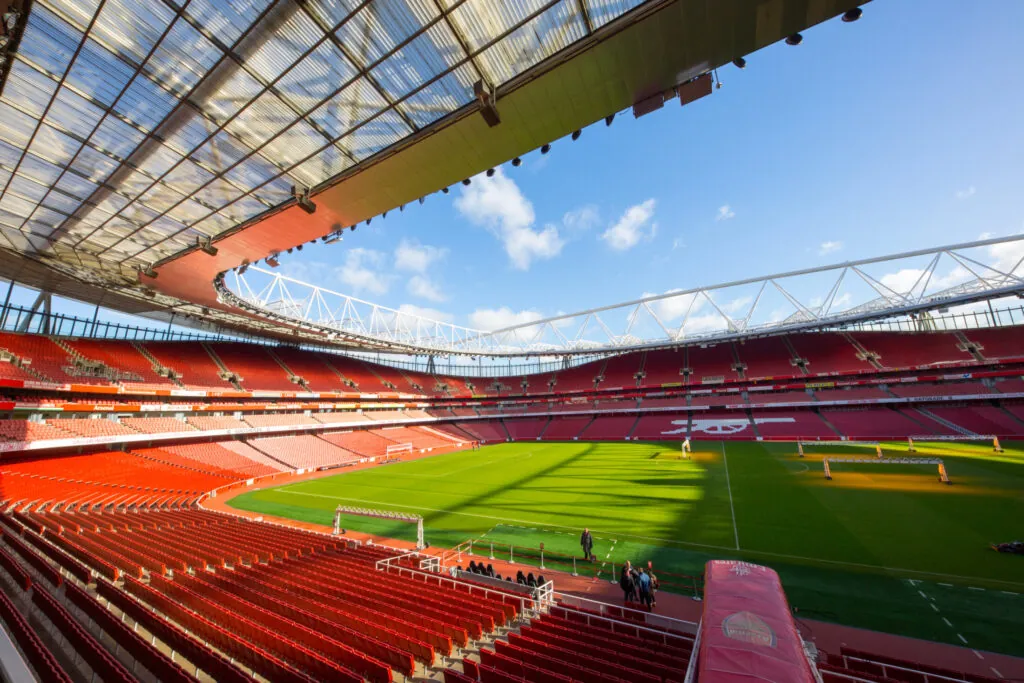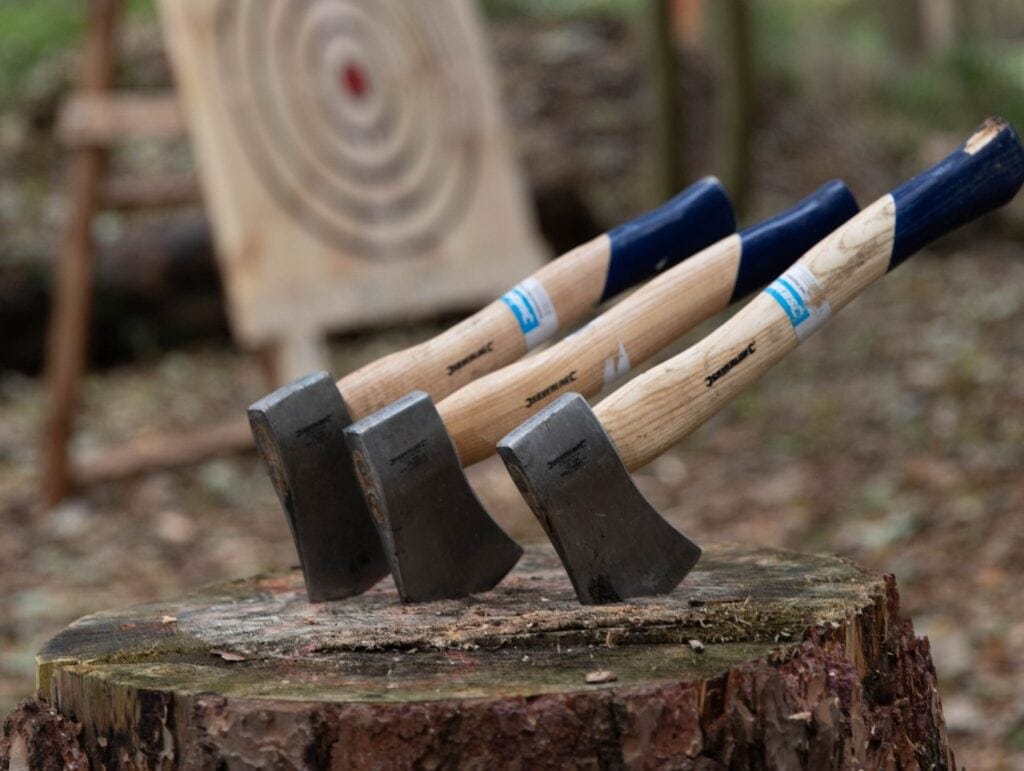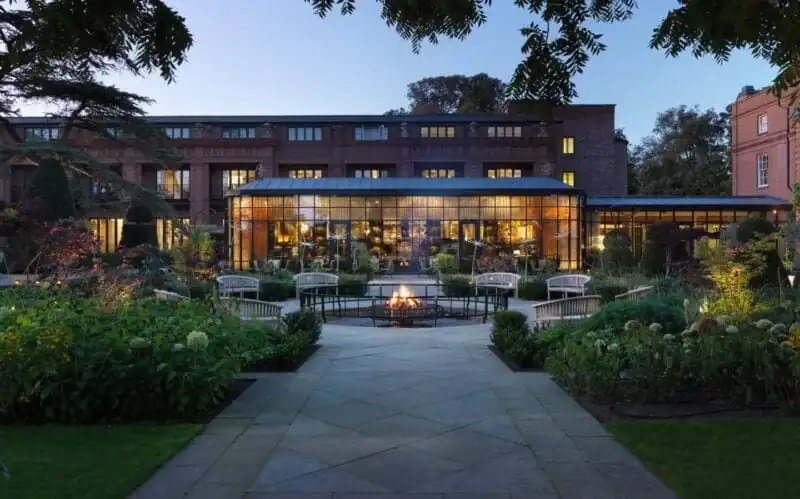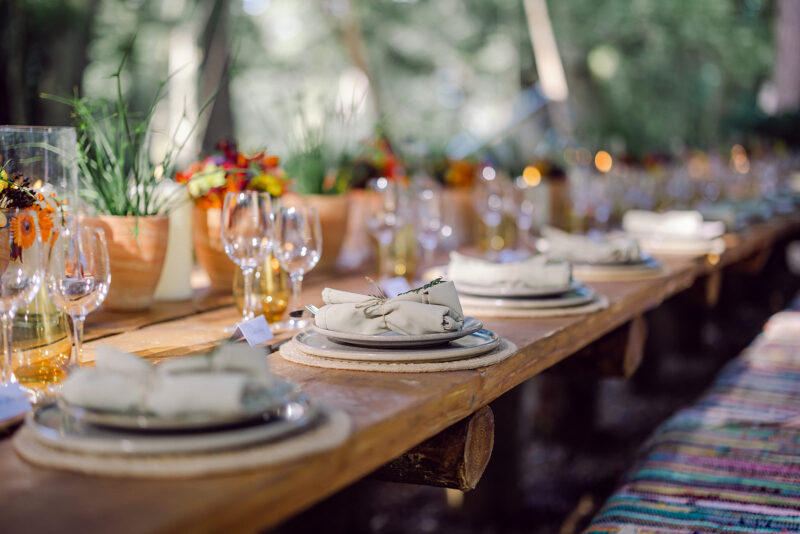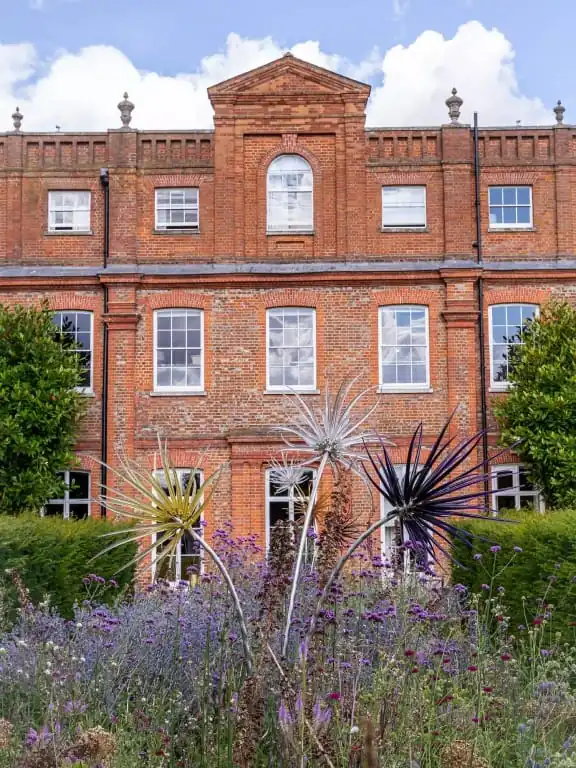The Glasshouse
After a year of winning important accolades for our golf course, including being rated No.27 in Golf World’s new Top 100 Modern Courses of Europe Ranking, we speak with California-based Kyle Phillips, the world-renowned architect who masterminded The Grove’s award-winning golf experience.

What makes The Grove special for you?
If you look at the whole visitor experience, not just golf, it’s great. The estate is used in so many creative and clever ways which is indicative of the vision the owners had from the beginning. Of all the courses I’ve worked with around the world over the years, some of my most enjoyable moments have happened at The Grove – because the owners were always so committed to its success, right from day one. It is very personal to them and that is what I love about it.
What feedback do you hear from golfers who have played at The Grove?
The team at The Grove consistently receive great customer comments about the experience. People love it, they write positive reviews, and that’s what it’s all about for me. If you compare my work to that of an artist, it’s like a painting you see on a wall. As a painter, it doesn’t really make a difference how much you personally like your work, it’s about what people see in your work that matters. How golf courses like The Grove suit the eye of a player is important. Sometimes there are things we do as architects to visually make a hole harder (or make a hole look easier). Bunkering is a good example, especially at The Grove. In some areas, we have set them away from the putting surface, but they look like they’re right against the green when you are playing the hole, to make it look more challenging than it really is.
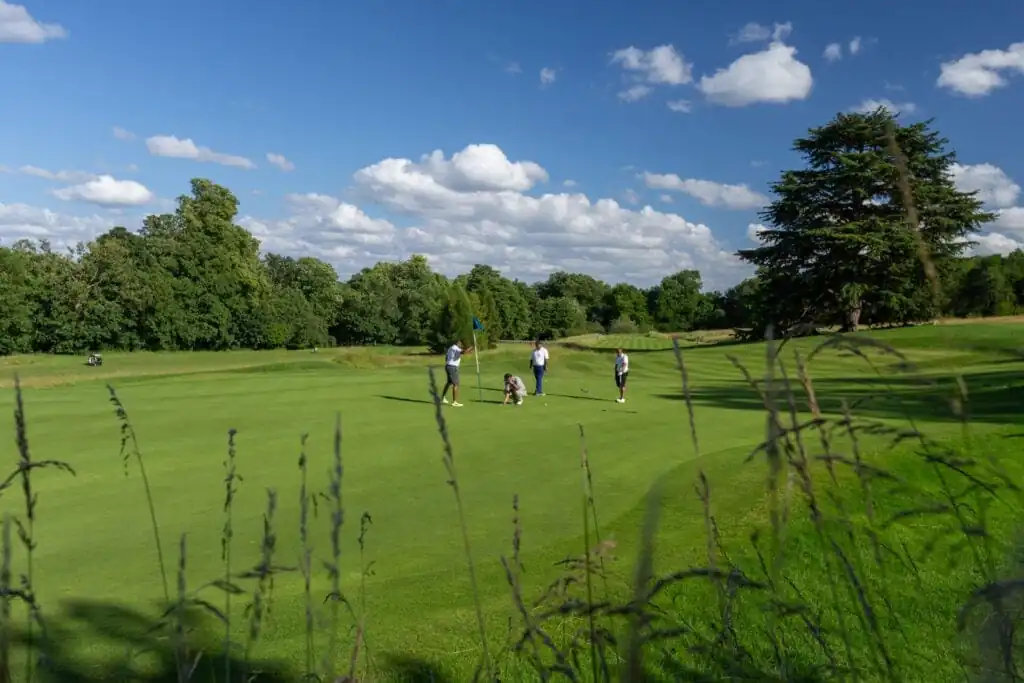
From a golf course perspective, challenging greenside bunker complexes and tricky run-off areas around the green are a strong feature at The Grove. What inspired you to create these?
Even though I’m an American based in California; the majority of my golf design life has been in Europe. This has provided me opportunities to play many of the great links and heathland courses that play firm and fast with spill-offs and run-offs around the greens. These are the courses that continue to influence my thinking and these principles you’ll see incorporated as a common thread in my designs. The style of a bunkering might be different, or the green sizes will differ from design to design, but I also like to use natural landforms and tight mowed areas to defend par as opposed to always relying on water, trees, or rough.
When we were creating The Grove, the owners were adamant the course must be appealing to everyone, they didn’t want to create an experience that was too difficult for hotel guests and daily visitors.
To witness the World’s Top 50 golfers visit The Grove, soon after it opened to the public, to play in the American Express World Golf Championship in 2006 was fantastic, but as an architect you are always worried they might just tear up the course from a scoring perspective. Players like Tiger Woods in his prime (and eventual winner), absolutely loved it and it turned out to be a fantastic professional golf launch event for The Grove.
Do you have any favourite holes on the course?
The 5th hole is great; a lot of people love this hole. It’s certainly not easy, it’s tough, but not too tough! We undertook a lot of work in this part of the estate when the golf course was constructed, adding an area of woodland behind the green and creating new landforms, both of which you would not even realise had been done when playing the course now. Another hole I always look forward to playing is the 17th, a short par 5 by modern standards. The green complex is enjoyable and interesting and I love the way the hole sets up. What a lot of people don’t know is that when we first created the course plan, the 17th hole was originally going to come back up over the hill where the 12th hole is now. We made a late change to save more of the adjacent woodland and it worked out really nice. Both of those holes are now enjoyable in their own special way.
Finally, when you get into ‘Charlotte’s Vale’, between the 13th and 16th holes, that remains so beautiful, and the tee shot from par 3 13th is always such a fun shot to play.
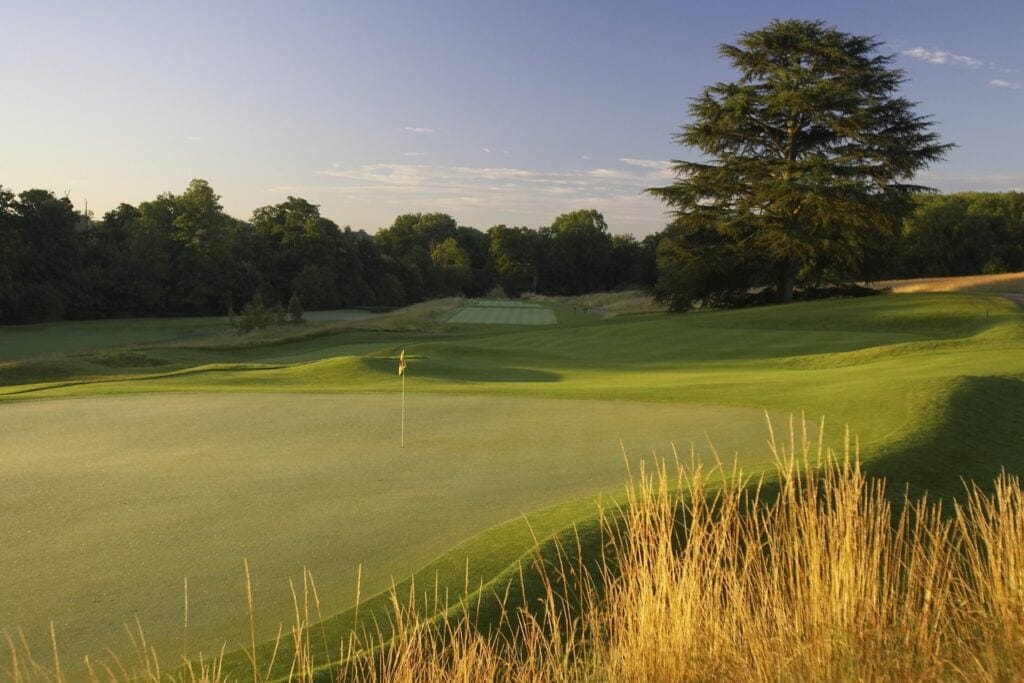
What do course rankings, like The Grove’s recent position as one of Europe’s Top 100 modern courses, mean to you as an architect?
I always talk about courses in a ‘must-play’ context and if you were coming to London I would hope golfers would say, ‘The Grove is on my list of courses to play’. Sometimes golf courses are sited in a remote location, so you need a certain degree of magnetism to pull people out to play. One great benefit of The Grove, however, is its prime location and it is accessible.
I do think it’s really hard to rate a golf course, especially a relatively new design. However, it’s wonderful to see a course like The Grove gain the notoriety that it has, particularly because there are such a large number of great old courses in the areas that surround London.
Can you genuinely create a golf course that appeals to everyone?
The great thing about golf is that the handicapping system allows a newcomer to the game a platform from which they can compete with an accomplished player. The same can’t be said of sports like tennis, for example. This is what makes golf so appealing.
From an architectural perspective, creating a course for everyone, whether you are playing in a World Golf Championship event at The Grove or you are a fee-paying customer, is becoming a tougher challenge as equipment technology, especially the performance of drivers and golf balls, allows better player to hit the ball so much further than years past. For tournaments, adjusting the lines of the rough and pin positions are important, but for everyday play the emphasis should be on shot-making, this is what separates people when you put an emphasis on accuracy, for example.
The memorability of holes is also important. When you sit in the Clubhouse after a game you want to hear people saying, ‘oh yeah, I remember this shot, that shot, on that hole and the other hole’. A great golf course design must offer variety where players of all ability can use different clubs and have to play a wide range of shots.
Sum up The Grove for you?
As a high-end daily fee destination, with no golf membership, you might think a day at The Grove would be quite a commercial experience, but it couldn’t be further from the truth. The guest experience is really fantastic, making for a great day of golf. You couldn’t imagine somebody building a private club for their friends, for example, and having more commitment to every little detail than went into The Grove. Each time I return, a lot of good memories come flooding back of what it was like to be a part of the transformative restoration of this property into the wonderful golf destination it is today.
We are very proud to share our new accolades:
- #1 – England’s Best Golf Hotel 2021, World Golf Awards
- #5 – Top 50 UK & Ireland Stay & Play Venues 2021, Golf Monthly
- #16 – Top 100 UK & Ireland Resorts Ranking 2021, Golf World
- #27 – Top 100 Modern Courses of Europe Ranking 2021, Golf World
- #76 – Top 100 World Resorts 2021, Golf World
- #82 – Top 100 Courses in England 2022, National Club Golfer
